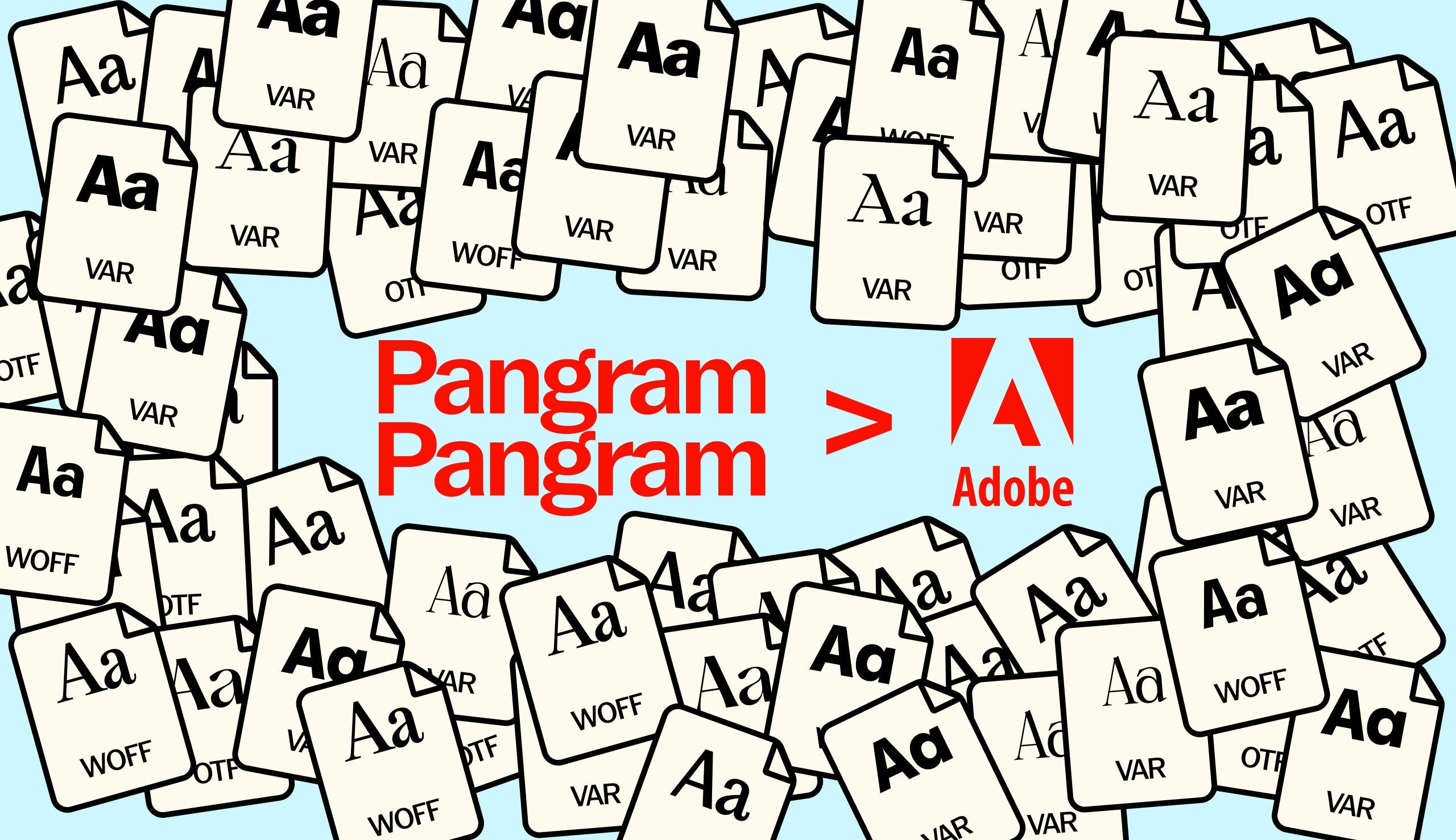Welcome back to Design Basic’s Getting to Grips! In this series we chat to industry pros, revealing the inside scoop on their processes, practices and preferences.
It may seem a given that Adobe has the creative industry in the palm of their hands, however, the reality is not quite that simple – especially since the pandemic saw us all changing the way we work. With the popularity and prominence of free software like Notion, Slack, Figma, Miro and more, the way we create can be totally unique from designer to designer; making digital creativity not only more accessible, but also providing new virtual spaces and structures to be creative and, importantly, new ways of breaking the rules.
We’ve spoken to Getting To Grips’ resident creatives on the software they use, discussing the pragmatic processes behind projects, as well as software’s limitations and artistic offerings.
Over to you, dream team!
WHAT SOFTWARE DO YOU USE TO DESIGN, AND HOW DOES IT CHANGE ALONG WITH A PROJECT?
Natalia Oledzka of Porto Rocha
PR: My previous studio seemed to be a big Illustrator household, but when I joined PORTO ROCHA I switched over to InDesign for branding work and grew wildly comfortable in it. I love how precise you can be there. But certain parts of a project call for different software. Vector-based work like logos stay in Illustrator, digital-focused work lives in Figma, and of course photo editing in Photoshop—so those are the main ones. And for fun, I’d love to get more into coding-based work, like using Drawbot and seeing what comes from there.


TwoMuch Studio
TMS: For most of our work, we’ve completely moved to using Figma. With there being two of us, being able to work on the same files at the same time has been a game changer. It allows for such fluid collaboration and iteration. We don’t know how we lived without it! Since we create a lot of websites, Figma has a lot of tools and functionality which feed into that. You can set up text styles and create layout systems that work similarly to the web, making it easier to eventually translate into code.
When working in 3D, Cinema4D is our choice of software. When working with type, our workflow usually begins in Figma creating either textures or vectors, which we can then import into C4D and then build from there. Recently we’ve also been playing around with sculpting in VR for a few projects using an Oculus Quest 2 and Medium, which has been a lot of fun. It has allowed us to create some more hand crafted forms and shapes which is hard to achieve using a keyboard and mouse.


Office of Demande Spéciale
ODS: We mainly use illustrator. It has a more creative and free environment to start playing with stuff. You’re not constricted to an artboard, you can move things around and test things quickly.
It can change along the way if we really need InDesign or Photoshop, but we prefer not to change software if it’s possible.


OlssønBarbieri
OB:We mostly work with the Adobe programs, but lately, we have also started using Miro at the start of the process to be able to sync better with the rest of the team and clients. We also use Suitcase to browse for fonts and preview how a word looks like in different fonts. Hand sketching is always part of the process in parallel with sketching in Illustrator (although some of us do this in InDesign) until the presentation phase. Depending on the type of work, we prepare the presentation with InDesign or Keynote. Once a project is approved, we do the finalisation for print using Illustrator and sometimes Photoshop. In case we work with digital applications, we work in Figma.


Little Troop
At the beginning of projects, I spend most of my time in Illustrator these days, it’s my favourite program for sketching and crafting — I love the looseness of it. Jeremy works a lot more in Figma and After Effects as his focus is a bit more on animation and digital design. We both bounce between all of them though, with a bit of Photoshop too. Once we get into presentation mode, we’ll often use Keynote if it’s a big branding presentation for example, to bring together everything we’ve each been working on. Keynote’s just become collaborative too, which is huge — we just worked on a project where we could both edit the same file in real-time and it felt life-changing!










